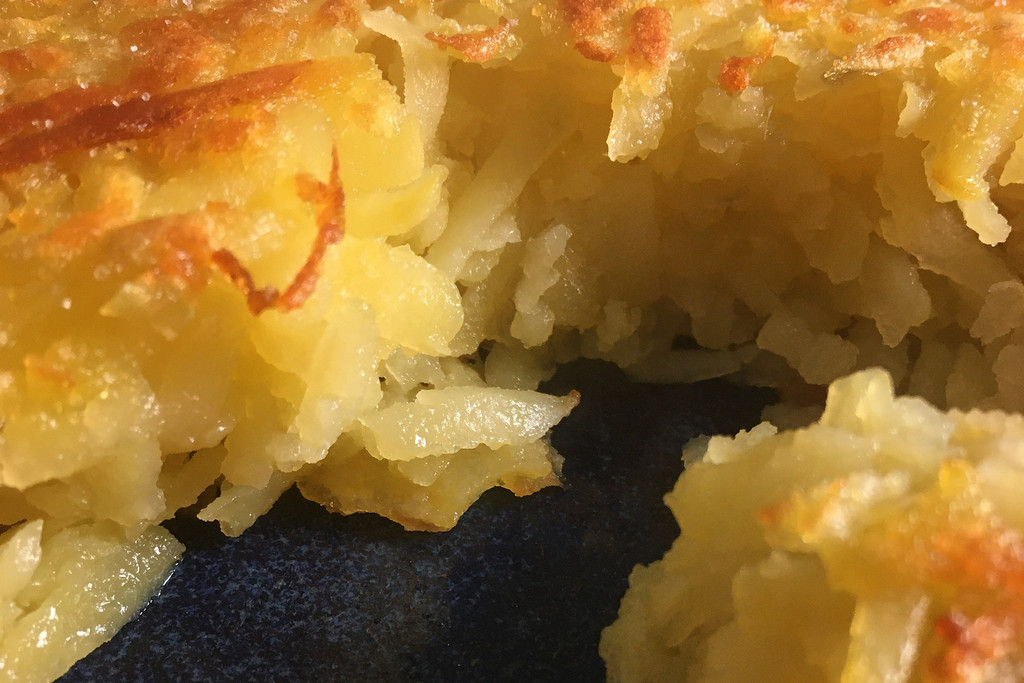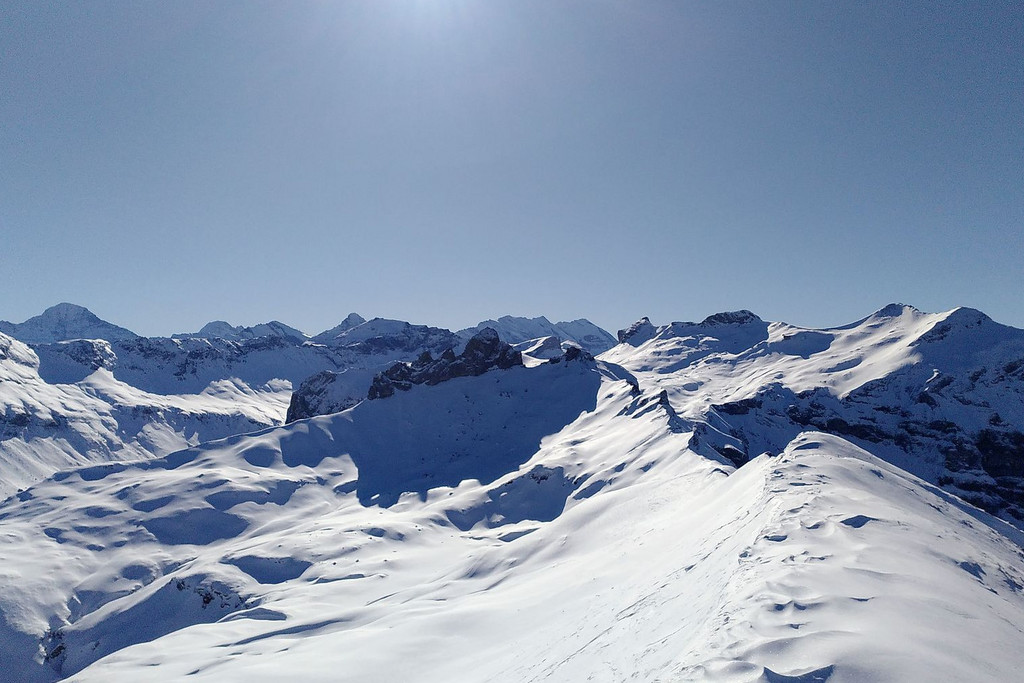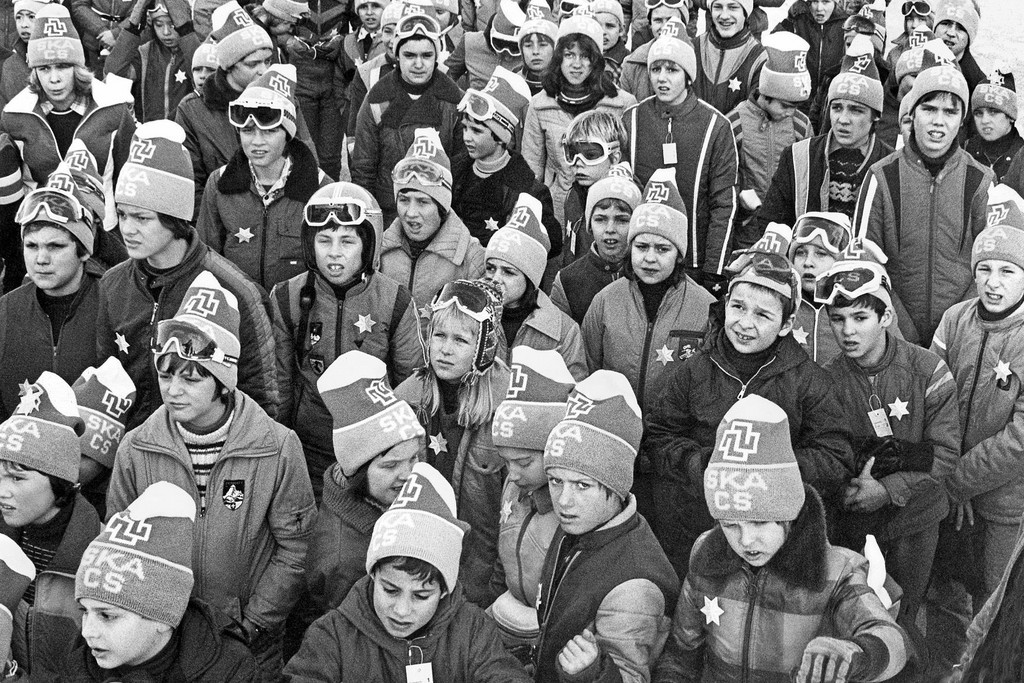
The return of emergency stockpiling

Priests: from protectors to abusers

A shift to the right, and other hot potatoes

When continents collide


Some are big, take Lake Geneva for example. Others are tiny, nameless pools in the high Alps. All told, Switzerland has over 6,000 different lakes. In addition, our country boasts 65,000 kilometres’ worth of rivers and streams. These waterways are our physical link to the sea – much of the water that trickles or cascades from our mountainsides eventually ends up in the North Sea, the Mediterranean, the Adriatic, or even the Black Sea. It all has to flow somewhere. This aquatic wealth influences our national psyche. Switzerland likes to call itself the “reservoir of Europe”. And our drinking water is, it goes without saying, perfectly clean. Or is it? Recent indications give cause for concern.
Levels of chlorothalonil in drinking water are over the permitted threshold in many parts of the country. Switzerland’s greatest natural resource is less pure than we thought. Chlorothalonil is a fungicide suspected of having a carcinogenic and mutagenic effect. It was banned in Switzerland at the end of 2019. Many water companies now dilute the contaminated water with clean water. Diluting water to make it drinkable? Not the most palatable thought.
Swiss farmers who used chlorothalonil (legally) to protect their crops before 2020 feel like they are being unjustly criticised. Indeed, it would be wrong to view their role in isolation. Ultimately, “more efficient” farming and its associated fallout owe much to the loss of arable land due to urban encroachment as well as our insatiable consumer appetite for cheap food. What type of agriculture does Switzerland want? This is also a question dominating the contentious debate on two initiatives that will be put to the Swiss electorate on 13 June.

Incidentally, hydrologists have given us another reason to be concerned about the future of Swiss water. From a climate change perspective, they say that Switzerland is set to become both wetter and drier. Our winters will be rainier. Snow will melt earlier, glaciers quicker. Consequently, more water will flow down into our valleys over a shorter time instead of being naturally retained at higher altitudes. On the other hand, summer precipitation will decline. Water shortages will become more common, particularly in regions of intensive farming. Droughts will become more frequent too. Meanwhile, water temperatures will continue to rise, endangering fish populations as a result. Lac des Brenets in the canton of Neuchâtel dried out completely in late summer 2018 – possibly a harbinger of Swiss summers to come.
PICTURE: Water source in Macun, Photo commons.wikimedia.org
Comments